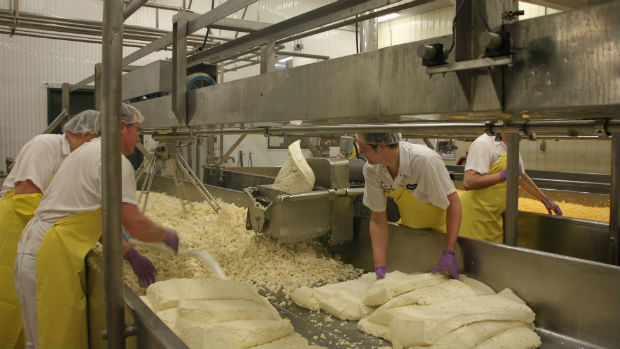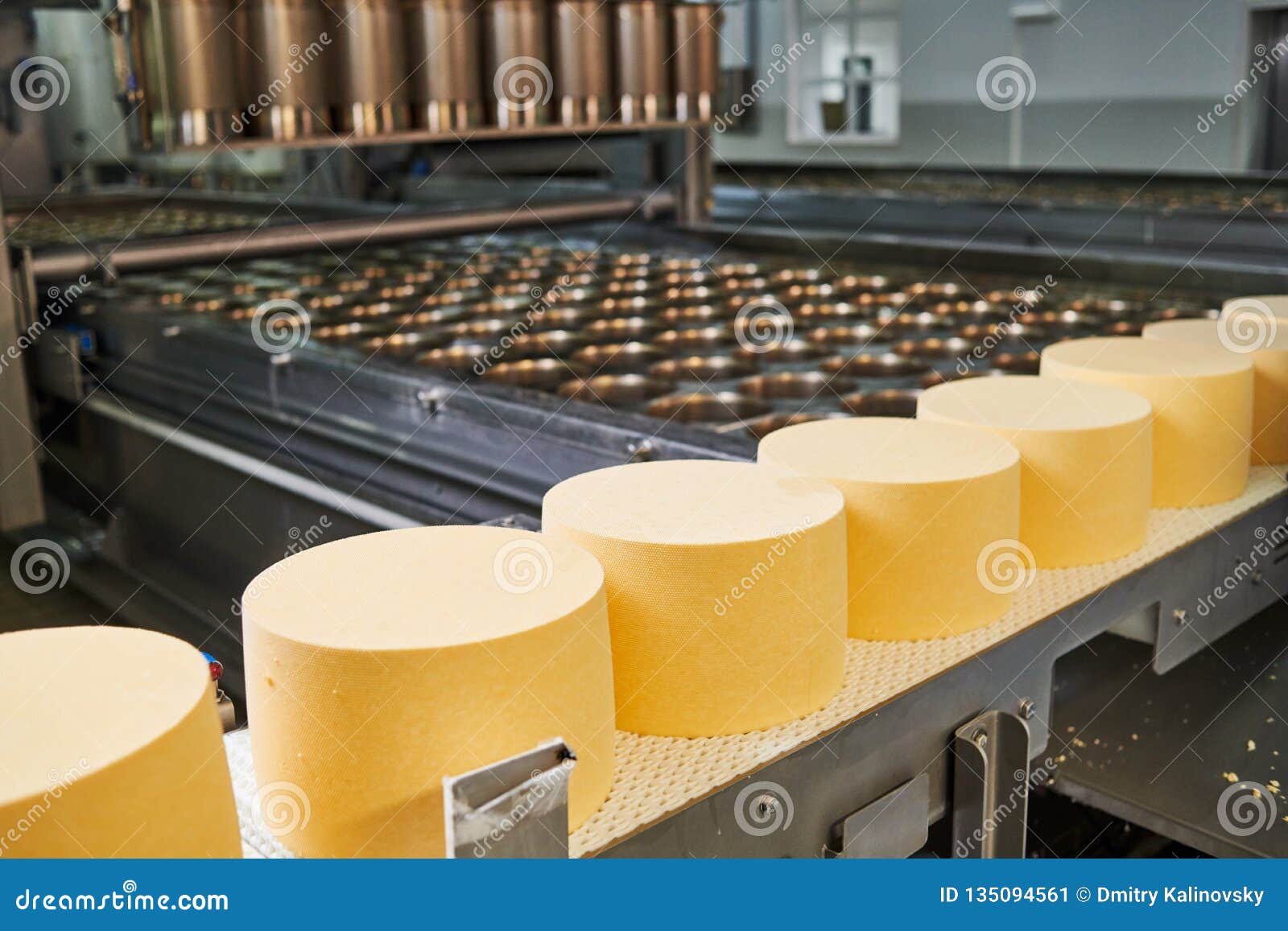Where to Get Cheese: Top Cheese Shops Melbourne
Wiki Article
Checking Out the Art of Cheese Production: Methods, Procedures, and Technologies in the Dairy Products Industry
The exploration of cheese production includes a varied selection of methods and processes that reflect both historic customs and contemporary technologies within the milk market. By checking out the complex art of fermentation, aging, and modern manufacturing methodologies, one gains understanding into exactly how artisans and large-scale producers alike adjust to evolving customer choices and sustainability difficulties. As we consider the ramifications of these developments, it becomes vital to question exactly how they will form the future landscape of cheese and its role in our diet regimens and culinary methods.History of Cheese Making
Tracing its beginnings to ancient civilizations, the background of cheese making reveals an abundant tapestry of cultural and technological advancement. Evidence recommends that cheese production go back over 7,000 years, with historical findings from areas such as Mesopotamia and the Indus Valley showcasing very early dairy methods. These societies made use of milk from domesticated pets, and through all-natural processes of fermentation and coagulation, they generated basic types of cheese.As human beings advanced, the art of cheese making came to be much more improved. The ancient Egyptians and Greeks documented their approaches, that included a selection of milk sources and diverse strategies for aging and flavoring cheese. The Romans additionally innovative cheese production, exporting their knowledge across Europe, which led to local adjustments and one-of-a-kind varieties.
The Center Ages observed the establishment of abbeys as facilities of cheese production, where monks established unique dishes that showed neighborhood preferences and readily available resources. Throughout the centuries, cheese production has actually evolved, influenced by elements such as geography, environment, and cultural methods. This abundant background not just illustrates the resourcefulness of very early cultures yet additionally lays the foundation for the diverse cheese ranges took pleasure in today throughout the globe.
Typical Cheese Production Strategies
Conventional cheese manufacturing methods include a selection of classic approaches that have actually been given with generations. These strategies, usually region-specific, reflect the unique cultural heritage related to cheese-making. The process usually begins with sourcing top quality milk, which can vary in kind depending on the desired cheese.Coagulation is attained via the addition of rennet and sometimes an acid, leading to the development of curds. The curds are after that cut and gently mixed, permitting whey to divide. This preliminary curdling stage is critical, as it affects the structure and moisture web content of the last item.

Fermentation and Aging Processes
Fermentation and aging procedures are integral to the development of cheese, occurring after the initial coagulation and pressing phases. Throughout fermentation, specific bacterial societies are introduced to the curds, assisting in the conversion of lactose into lactic acid. This acidity not just helps in curd preservation yet also adds to the flavor account and appearance of the last item.As the cheese ages, biochemical reactions proceed to occur, influencing its preference, fragrance, and appearance. Enzymes and microorganisms damage down healthy proteins and fats, causing the advancement of complicated tastes. The aging atmosphere, consisting of temperature level and humidity, plays a critical role in this maturation procedure. Various cheeses require varying aging periods, which can vary from a few weeks to several years, causing distinct characteristics.
In addition, the presence of molds or yeasts on the cheese surface can better enhance flavor complexity. For circumstances, blue cheeses count on details mold societies to develop their trademark taste profiles. On the whole, both fermentation and aging are critical in defining the originality of cheeses, permitting artisans to create a varied range of products that satisfy a vast variety of palates.
Modern Technologies in Milk Manufacturing
Advancements in dairy production have actually changed the cheese-making process, improving performance and product quality. Technical improvements, such as automated milking systems and precision fermentation strategies, have structured operations and improved uniformity in raw milk quality. These systems reduce labor prices and improve pet welfare by enabling even more comfy and efficient bleeding practices.In addition, the consolidation of data analytics and IoT (Net of Points) devices has actually allowed dairy producers to keep track of numerous specifications, such as temperature and moisture, in real-time. cheese shop melbourne. This ability ensures ideal conditions throughout the cheese-making process, bring about a greater top quality final product
Furthermore, advancements in pasteurization methods, consisting of high-temperature short-time (HTST) pasteurization, have not only raised food security yet likewise protected the fragile flavors and nutrients integral in milk.
Sustainable techniques are likewise gaining traction, with innovations in waste administration and renewable resource utilization. Lots of producers are now harnessing biogas from dairy products waste, advertising ecological stewardship while at the same time reducing functional expenses.
These modern advancements jointly contribute to an extra efficient, sustainable, and premium cheese production process, setting brand-new standards in the dairy products sector.
Future Trends in Cheese Market
As the cheese industry remains to develop, arising fads are reshaping production, usage, and marketing techniques. One considerable fad is the growing need for artisanal and specialized cheeses, driven by customers looking for unique flavors and premium active ingredients. This shift is encouraging producers to take on traditional methods while integrating contemporary innovation for boosted top quality control.Sustainability remains at the center of customer choices, triggering suppliers to discover eco-friendly practices, such as decreasing water usage, enhancing power usage, and using biodegradable product packaging materials. Furthermore, advancements in plant-based cheese choices are increasing market possibilities, accommodating the enhancing variety of vegan and lactose-intolerant customers.
Moreover, electronic advertising and shopping are transforming exactly how cheese is marketed and offered, enabling producers to connect straight with consumers and customize their offerings to details demographics. Registration solutions and on the internet systems are ending up being prominent channels for cheese circulation, enhancing availability and comfort.
Finally, health-conscious patterns are influencing cheese solutions, with manufacturers establishing lower-fat, lower-sodium, and nutrient-enriched options to fulfill consumer needs. As these patterns remain to unravel, cheese for sale online celebrity market is most likely to witness a vibrant transformation that straightens with modern-day customer values and preferences.

Final Thought
The exploration of cheese production discloses a complex interaction of time-honored methods and modern advancements. Traditional techniques, rooted in historic methods, proceed to influence modern manufacturing while adapting to advancing consumer choices. Fermentation and aging procedures remain essential to flavor growth, while advancements in technology enhance performance and sustainability. As the dairy products market embraces health-conscious fads and environmentally friendly practices, the future of cheese production assures ongoing development and development, guaranteeing its long-lasting importance in culinary culture.Report this wiki page